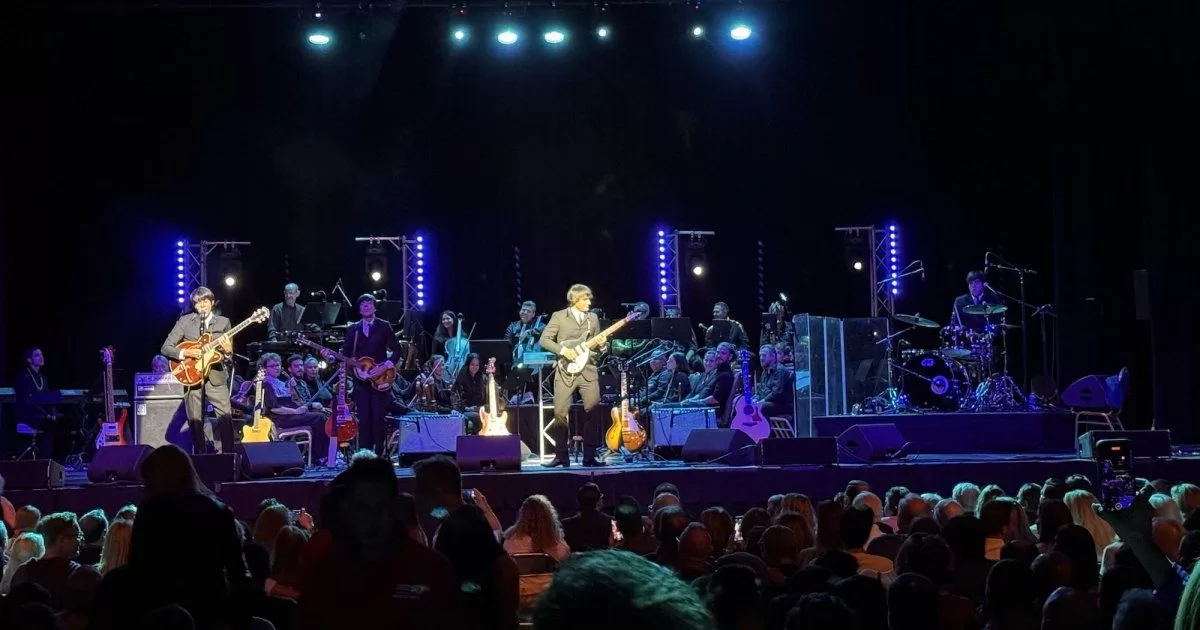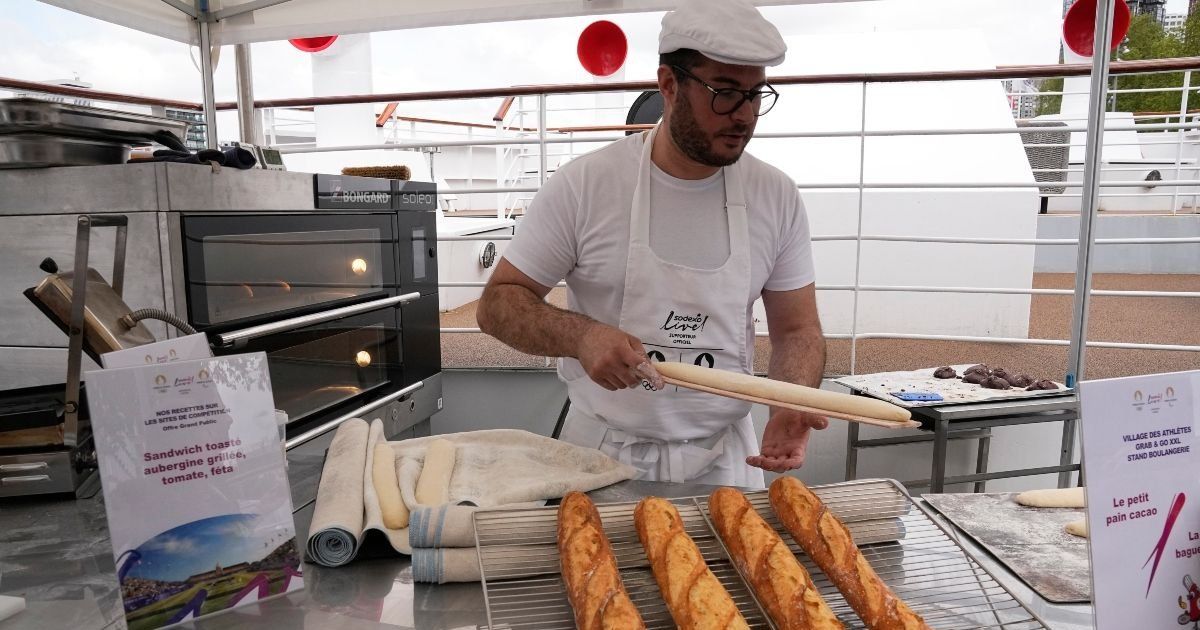Gelsenkirchen.
There is a lack of places in children’s hospice work because the need is increasing. A visit to Noah’s Ark in Gelsenkirchen, where parents can also find help.
“He can now see all colors and walk barefoot through the clouds.” The boy was sixteen years old, almost seventeen. His page in the memory book on the cupboard is open – for some parents who enter this office in the Gelsenkirchen children’s hospice Arche Noah, this memory might offer a starting point. How should they deal with the fact that their child could die soon? Some calculate in weeks, many hope for years or even decades. Because the children’s hospice is more often about relieving families who care for their seriously ill children.
“I found out during pregnancy that Viola has a disability,” says Nadine Brockers. “I already made an appointment here at the time. That was almost seven years ago.” Now she takes the help of Noah’s Ark about every two months, usually for days, sometimes for two or three weeks. The facility of the Marienhospital has 14 places, also for short-term care, which is still rare. When Viola now comes through the door, “she doesn’t even say goodbye anymore,” explains the mother. “She runs straight to the swing.” And that in itself is a miracle.
Will Viola even learn to speak?
Many would hardly have expected that Viola had learned to walk, says nursing service manager Anja Dörner. And now they even hope that she will learn to speak a little. She can use two or three names correctly. Small miracles happen daily in Noah’s Ark. The list of Viola’s ailments is long. For example, there is too much fluid in their cerebral chambers, which is drained away via a hose system. She refuses food and is tube-fed, having to sit still for an hour at each meal. In order for this to work, Viola needs to be distracted. And every seizure is life threatening.
In the summer they made a trip to the zoom, almost the entire ark. Each child is accompanied, in the case of Viola with a wheelchair, oxygen tank and mask, suction device for vomit and the like. Viola put up a good fight, walked a lot, in socks because she hates shoes, always in the puddles. Third spare sock, all sunshine.
“And we had just fought our way through the African world, wanted to sit down to give her food, when she started convulsing,” says Alina Schmitt, the director of Noah’s Ark. Then Viola stops breathing, she turns blue in no time – if the emergency medication is not injected into her mouth in time.
Big crowd when shopping
Nadine Brockers often experiences such situations. When a child is suddenly fighting for its life, of course there is a big crowd, and of course that has an effect on the sister. “She loves Viola dearly, but she also wishes that we could just go shopping alone.” And that’s exactly what the children’s hospice makes possible: “I can sleep late, get things done, do things with the big one, she is yes in puberty.”
In Germany there are probably 50,000 children and young people with life-limiting diseases. About 5,000 people die every year. However, these figures are based on an English study from 2012, explains the Federal Association of Children’s Hospices. One of his political demands is to better determine demand in Germany, which is likely to increase. “Due to medical progress, many children with life-threatening illnesses are living longer,” says Managing Director Franziska Kopitzsch.
Friday is the day of children’s hospice work (more here). On this occasion, the association calls for “more accessibility, new forms of housing for young adults and better financing of urgently needed aids that ensure the participation of children and adolescents,” explains Kopitzsch. “Bureaucratic hurdles for parents must also be lowered. Many regulations of the nursing and health insurance companies are not yet designed for this target group.”
In Germany there are 18 inpatient children’s hospices such as Noah’s Ark, some partially inpatient facilities and around 180 outpatient services. Claudia Middendorf, State Government Commissioner for People with Disabilities, also says: “We are still a long way from adequate palliative care. Appropriate end-of-life care would not be possible without the cooperation of the many volunteers.”
The staff is scarce
But volunteering is changing. “We see a clear trend towards more short-term commitment,” says Franziska Kopitzsch. In doing so, a basis of trust in the families can only be created “through long-term commitment”. In addition, the children’s hospice facilities suffered from the same shortage of staff as everywhere – and this in turn made it difficult to recruit volunteers.
In Gelsenkirchen’s Arche Noah, of course, they also felt the pandemic and the waves of illness in winter. “But so far we have had every position filled,” says nursing service manager Anja Dörner. “But it requires a lot of effort.” There is cooperation with other care facilities in the training, but it doesn’t organize itself. And there is fluctuation among the teachers, “also because of the working hours”, which are more unusual in the children’s hospice
Because a normal day with Viola doesn’t look much different in the Arche than at home: At night, mum has to get up several times if Viola has torn out a cable, for example. At six o’clock the nursing service comes (recently) who also drives her to school and looks after her there. “My mother helps as far as she can,” says Nadine Brockers. “But she gets scared when Viola convulses because then she doesn’t breathe anymore. And she often throws up during meals” – so the grandmother keeps watching between meals for two hours. “A friend whose son is also seriously ill is the only one I can take Viola to for a longer period of time.”
In Noah’s Ark, Viola has more freedom in a safer environment. Even the offices are open. For Viola they are a kind of refuge. “Blow-drying your hair is your boss,” says Alina Schmitt. “After that, she comes straight into the office and onto my lap.”
The office, a place of refuge
Her mother often sat and talked in the Arche offices. Because that is also part of the task: to accompany the relatives, who often do not have many people who understand their situation. “When I tell my worries to someone who has a healthy child,” says Nadine Brockers, “then I often hear: oh, it’ll get better.” But that doesn’t fit the experiences of those affected, who prepare for a long time to say goodbye . And when it comes, many find their lives easier. “Most parents here talk about it differently than those who lose their child through an accident or a brief illness,” says Anja Dörner. For everyone here it is a tightrope walk between children’s laughter and grief, and what happens on this path is described very well by the motto of the Arche: love for life.
More articles from this category can be found here: Rhine and Ruhr



